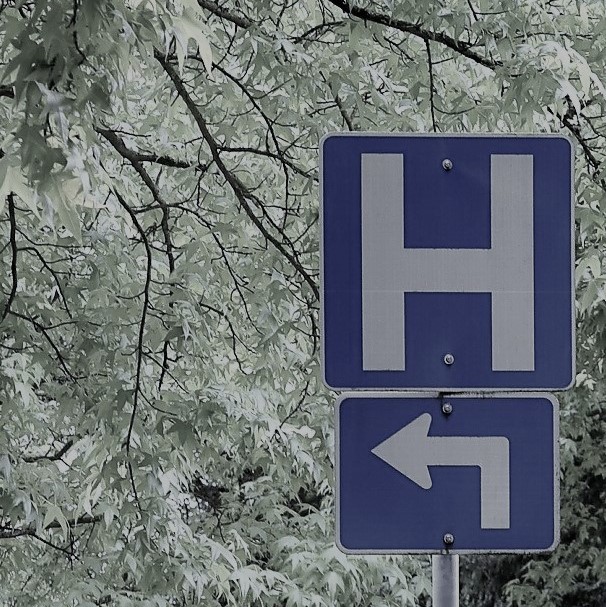
Back before we got into a stalemate when talking about healthcare costs, long ago when I had good knees and my hair wasn’t grey, funding for small town hospitals was recognized as a problem. After Montana demonstrated they could support critically needed remote hospitals with a federal project, Congress rolled the “Critical Access Hospital” designation into the Balanced Budget Act of 1997. Do you remember when we had balanced budgets?
Medicare had been working hard to cut hospital spending since the 1980’s and had instituted a payment system to hospitals based on a global fee. If a patient was admitted for pneumonia, the hospital got paid a flat amount, whether it took 2 days or 7 days to get the patient back on their feet. But the value of having small hospitals especially in remote areas could not be ignored, so the “Critical Access” designation called for a different payment system to such hospitals. These hospitals were paid on a cost-plus basis. Whatever it cost, Medicare would pay for the services based on their fee scale, plus a small percent; currently it’s +1%.
But the hospitals had to fulfill certain criteria. They were supposed to be more than 17 miles by primary road, or more than 35 miles by secondary road from another hospital. They were also supposed to have less than 25 hospital beds.
Here’s the catch, and it’s a big one. No congressman wanted to go home having voted to close Podunk Hospital in their district, so the bill allowed states to declare a hospital a “necessary provider” and escape the distance requirement. And states opened the barn doors.
As it stands, approximately 65% of CAH’s are between 17 and 35 miles from another hospital. I live in a town with a CAH 8 miles from another CAH; but it’s across the state line into Washington. Just down the hill from me another CAH is less than 5 miles from a regional medical facility, also across the state line.
Most small-town hospitals in Idaho serve remote and rural communities. They deserve such payment consideration. But I walk past one every day I go to work that is abusing the critical access system.
I guess what bothers me the most about this abuse is the billboards and radio ads I see and hear every day for my town hospital AND for the CAH just 8 miles away across the border. The hospital in my town has a full-time director of “promotion”; I suspect the same is true across the border. If they both are so critical, why do they need the media blitz?
Many see this problem. The Obama administration made proposals to reduce Medicare payments to CAH’s to a flat 100% of costs and eliminate CAH designation for hospitals less than 10 miles from another hospital. It was met with howls of protest from the American Hospital Association; didn’t get far. The Trump administration has revived another Obama rule that would require more patient protections and documentation; more regulations, more costs. We’ll see how far it can go.
I don’t see the advertising by CAH’s as a huge cost. It just tells me their designation as “critical” might be more a political favor than a community reality.
One thing is for sure; if a small-town hospital has to compete against the big city mega-medical centers on a level payment field, most of us in rural Idaho will end up driving a long way for hospital care.
It’s time to start analyzing just what care should be given in small hospitals, then paying appropriately for it. The “critical access” designation system needs a big overhaul.
